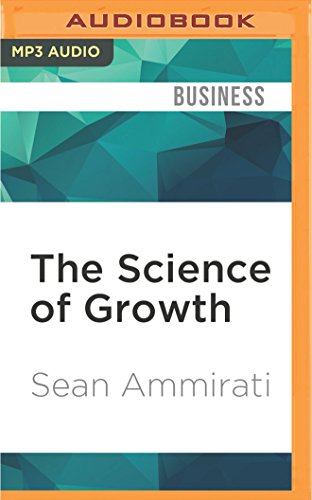
The Future of Work
The Future of Work
The economists tell us that technology is a substitute for some forms of human capital and a complement to others. As the pace of technological advance continues to quicken, the “information age” evolves into something new, and the world economy becomes ever more integrated, the most economically valued set of human skills and a capabilities continues to shift rapidly. Tens of millions of Americans used to make, and many still do make, a good living in low- and medium-skilled assembly line jobs. However, many of these jobs can now be done at less expense by machines, or by lower-paid workers in poorer countries like China and India. At the same time, the return on investment in education continues to rise, widening the gap in pay between workers with college degrees and workers without them. What do these trends mean for the future of work in America? Are there any jobs safe from mechanization and outsourcing? If part of rising inequality is a function of the match between technology and human capital, what can be done to ensure that more people develop the right kind of capital? In a changing global economy, what is America’s comparative advantage? If you had a child tomorrow, and wanted them to get ahead, what would you want them to pick as their college major eighteen years from now?
Richard Florida, author of the bestselling Rise of the Creative Class, leads off with an essay emphasizing the importance of encouraging creativity. Replying to Florida over the following week and a half will be: George Mason economist and futurist Robin Hanson, an expert on robot economics [pdf]; UCLA economist Edward Leamer, author of a much-circulated review [pdf] of Thomas Friedman’s The World Is Flat; and MIT’s Frank Levy, co-author of The New Division of Labor: How Computers Are Creating the New Job Market.
Author: Robin Hanson, Edward Leamer, Frank Levy, Richard Florida,
Binding: Kindle Edition
Manufacturer: Cato Institute
Number of pages: 73
Product group: eBooks
Studio: Cato Institute
Publication Date: 2006-06-05
Publisher: Cato Institute
Pages: 73









































